How do you feel about altered book art? I know it’s controversial and discussions about the subject can become heated. I’ve been reading a lot of books about using books for art, and am interested to find that they all contain an explanation, with varying degrees of defensiveness, of the author’s philosophy.
My take is definitely colored by my nature as a lifelong book-lover. Growing up, the inevitable answer to my parents’ question, where’s Heidi? was “in her room, reading a book.” After early jobs in fast food joints, I started my “real” work-life in libraries after graduating with a degree in English Lit. My current law job involves constant reading, and now my answer to George’s question, where are you? is still pretty much the same.
So it probably makes sense that when I first found out about altered book art it made me squeamish. I understand other artists’ philosophies, but I still would not be comfortable tearing up, painting in, or cutting a book in good shape that someone else might want to read, for art or craft. My increasing interest in upcycling, defined by Wikipedia as “the process of converting waste materials or useless products into new materials or products of better quality or for better environmental value” has helped clarify my personal stance.
In my recent blog post “Mail Art Pen Pal” I told you about upcycled envelopes I’ve been making. Here’s one from an old calendar of botanical drawings.
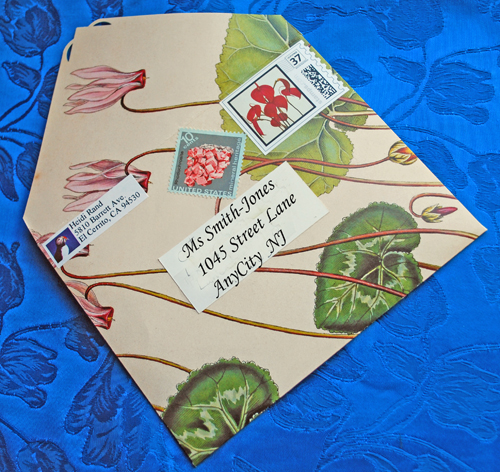
Out-of-date calendar pages are ideal for upcycling into collages and other mixed-media artwork, or to use as wrapping paper. And similarly, I’ll use books that other people would not want to read – those that are headed for landfill or downcycling because they’re unreadable, ripped and torn, scribbled in, or outdated but not historically significant.

I made this set of envelopes from a 1990 Thomas Bros’ book of maps, not old enough to be valuable vintage ephemera and too old to be relied upon by the few people around who don’t use Google maps or have a smartphone or GPS!
I’ve been gathering books that fit my strict criteria at the El Cerrito Recycling + Environmental Resource Center, 8501 Schmidt Lane, El Cerrito. Along with an award-winning recycling program, the Center houses an “Exchange Zone,” where people donate and take home “reusable and gently-used materials.” There’s a big dumpster filled with newly-dropped off books to scrounge through, and many are also shelved in a vague sort of order by volunteers. If I’m not sure I’ll hold it up and ask George “would anyone use this?” He has the final word.

We’re also very lucky to live near another wonderful resource, the Bay Area Free Book Exchange, where you can take any book for free (up to 100 a day!) and also donate books. According to the Exchange’s website, they currently have “approximately 10,000 free books in [the] store, and have given away 406,010 books since May 2009. All books on all of the shelves are free for the taking. If you are interested in donating books, you are welcome to drop off during our business hours, Saturday & Sunday 9am-6pm.” The Book Exchange is at 10520 San Pablo Ave., El Cerrito.
Since my artistic focus is using my photographs and the images I create from them in my artwork, I’m just very slowly starting to use books in my mixed-media pieces.

I found some pages from an old ripped-up French/English piano music book for children. Leafing through it, this page for “Le petit oiseau / The Warbler” jumped out at me. I chose several of my bird photographs and arranged them on a blank canvas in Photoshop Elements the same size as the sheet music, which I cut down slightly so it would fit in my printer. It went through with no problem. Printing on untreated paper doesn’t look the same as on paper that’s treated for inkjet inks, so the colors are a bit muted and the resolution isn’t as sharp, but I like the effect on the aged paper and with the musical notes running through the images.
I love the idea of honoring old books that were once loved but are now tattered and torn, by using them in artwork. And re-using old paper saves a sheet of the new.
Interested in finding out more? These are two of the books I found at the San Francisco Public Library: Book Art : Creative Ideas to Transform Your Books– Decorations, Stationery, Display Scenes, and More, by Clare Youngs and Playing with Books : the Art of Upcycling, Deconstructing, and Reimagining the Book, by Jason Thompson.

 I slid the paper into the printer and crossed my fingers that it would be sturdy enough not to crumple up. Phew — it went through with no problem at all!
I slid the paper into the printer and crossed my fingers that it would be sturdy enough not to crumple up. Phew — it went through with no problem at all!
 The package my friend gave me also has some sheets with silver in the middle, so I’ll try that next! What creative projects are you working on these days?
The package my friend gave me also has some sheets with silver in the middle, so I’ll try that next! What creative projects are you working on these days?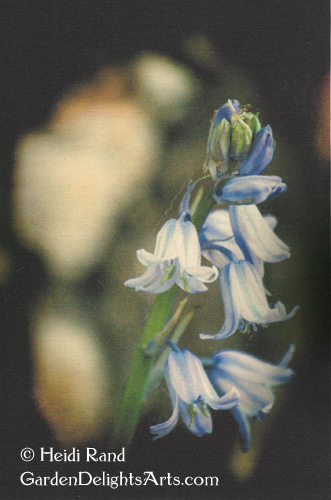
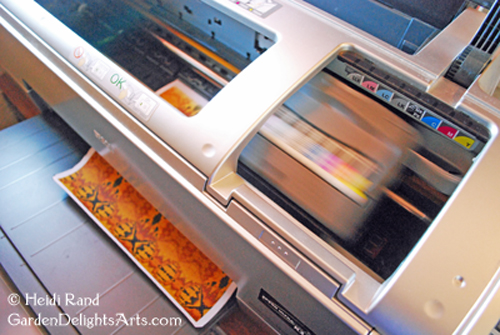
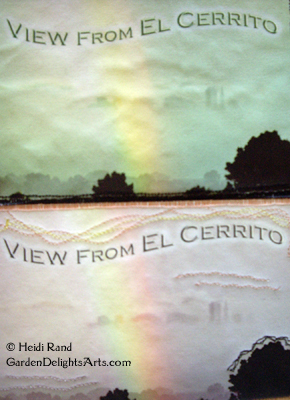
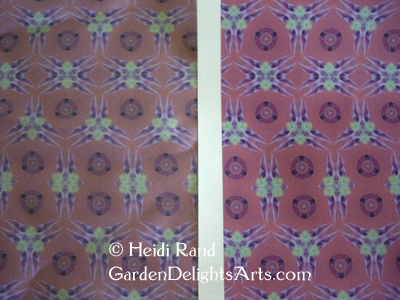
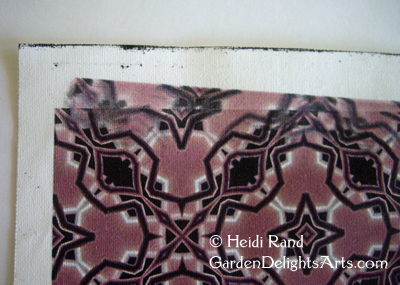
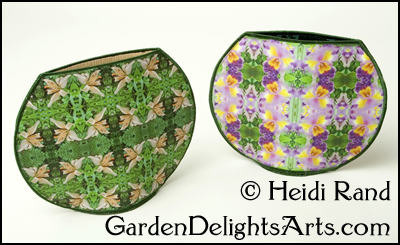

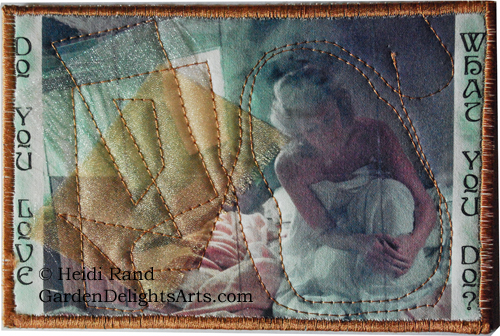

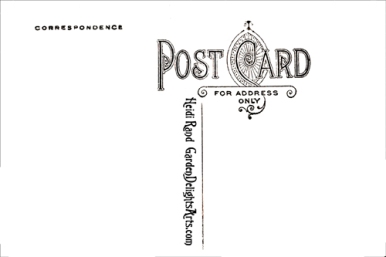


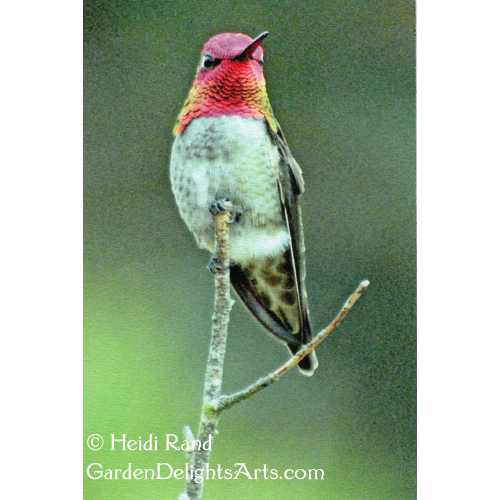

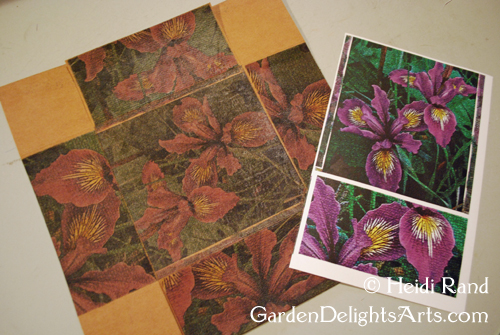
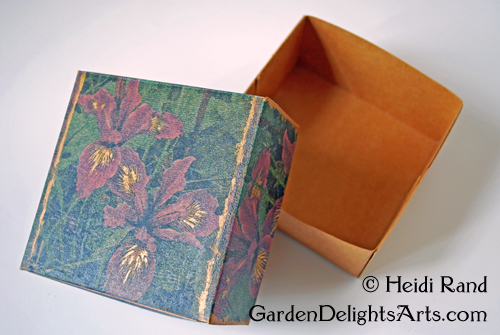

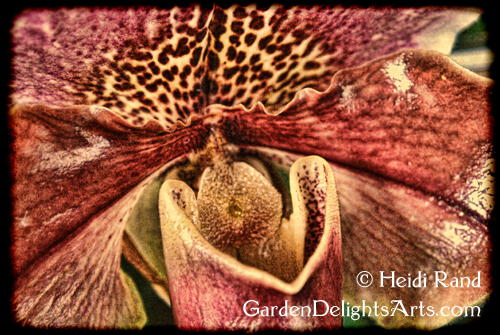
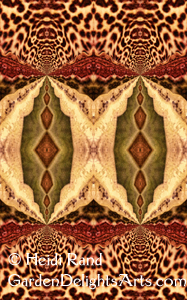
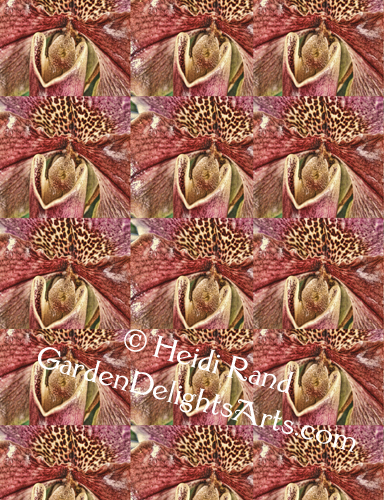 Finally it was time to transfer! TAP works best at the highest iron setting that the surface you’re ironing onto can withstand, so I set it on linen. Taking the front piece first, I cut out closely around the image, placed it face down onto the kraft•tex, covered it with parchment paper to protect the iron, and slowly circled around the entire piece with the iron.
Finally it was time to transfer! TAP works best at the highest iron setting that the surface you’re ironing onto can withstand, so I set it on linen. Taking the front piece first, I cut out closely around the image, placed it face down onto the kraft•tex, covered it with parchment paper to protect the iron, and slowly circled around the entire piece with the iron.

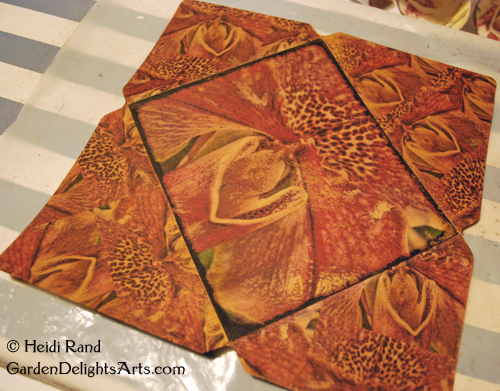

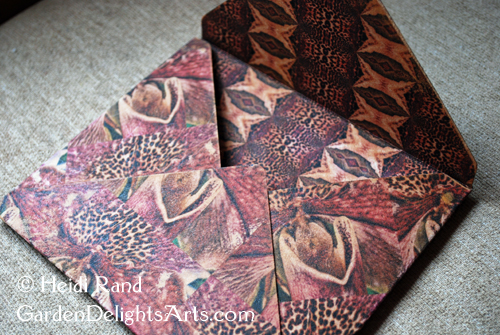
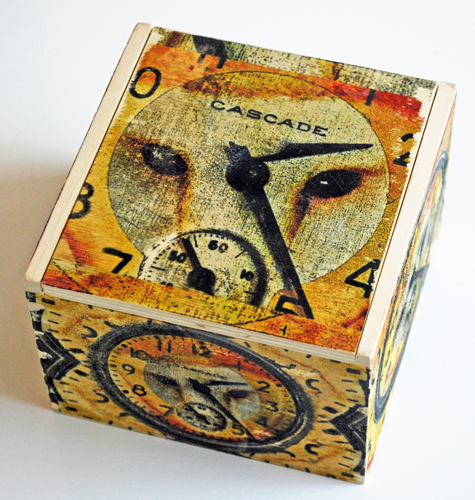
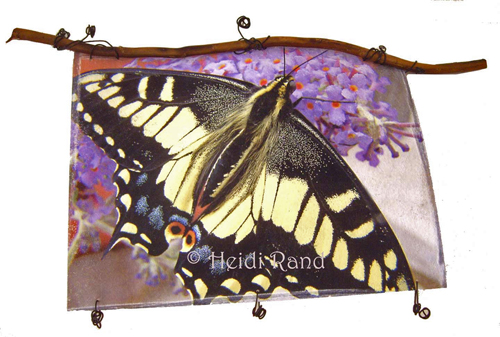





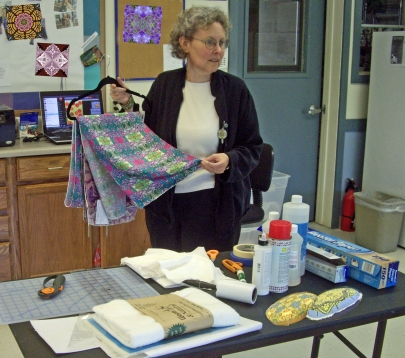


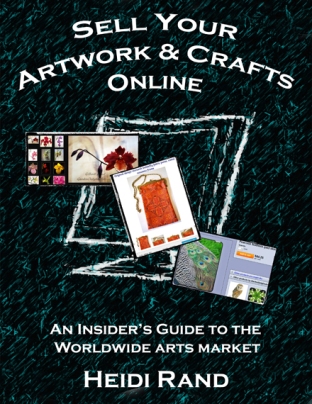
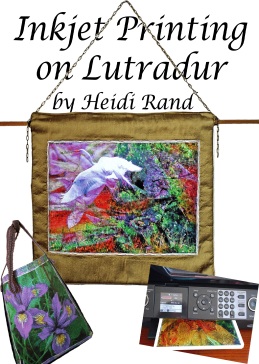



 I stitched two different kinds of pearls and some gold-toned beads to parts of the cuff. These are small flat pearls.
I stitched two different kinds of pearls and some gold-toned beads to parts of the cuff. These are small flat pearls. And these are round pearls and the beads.
And these are round pearls and the beads.
 I was sad to have to send the bracelet off, and now I’m really glad I printed the second piece and I’m heading down to the studio to make another one!
I was sad to have to send the bracelet off, and now I’m really glad I printed the second piece and I’m heading down to the studio to make another one!
 I started out by opening a 3 by 8 inch blank canvas on Photoshop Elements. I dragged the butterfly image onto the blank canvas and resized it to show most of the wings. I then dragged the other two photos onto the canvas and adjusted their placement and opacity. You can see the separate layers on the palette at the bottom right of this screenshot.
I started out by opening a 3 by 8 inch blank canvas on Photoshop Elements. I dragged the butterfly image onto the blank canvas and resized it to show most of the wings. I then dragged the other two photos onto the canvas and adjusted their placement and opacity. You can see the separate layers on the palette at the bottom right of this screenshot. I erased some portions of the watch layer, including the hands, because I thought they interfered with the design. The layer now looks like this:
I erased some portions of the watch layer, including the hands, because I thought they interfered with the design. The layer now looks like this: Here’s the layer of the fragment of the old measuring device. It’s a very small portion of the collage, but I liked the symmetry of the numerals with the numbers on the watch.
Here’s the layer of the fragment of the old measuring device. It’s a very small portion of the collage, but I liked the symmetry of the numerals with the numbers on the watch. I’m printing a letter-sized sheet of Evolon, so I opened a new blank canvas and placed the finished collage onto it. I also duplicated and flipped the collage so I could make two cuffs, and added a smaller version at the bottom to fill the sheet.
I’m printing a letter-sized sheet of Evolon, so I opened a new blank canvas and placed the finished collage onto it. I also duplicated and flipped the collage so I could make two cuffs, and added a smaller version at the bottom to fill the sheet.